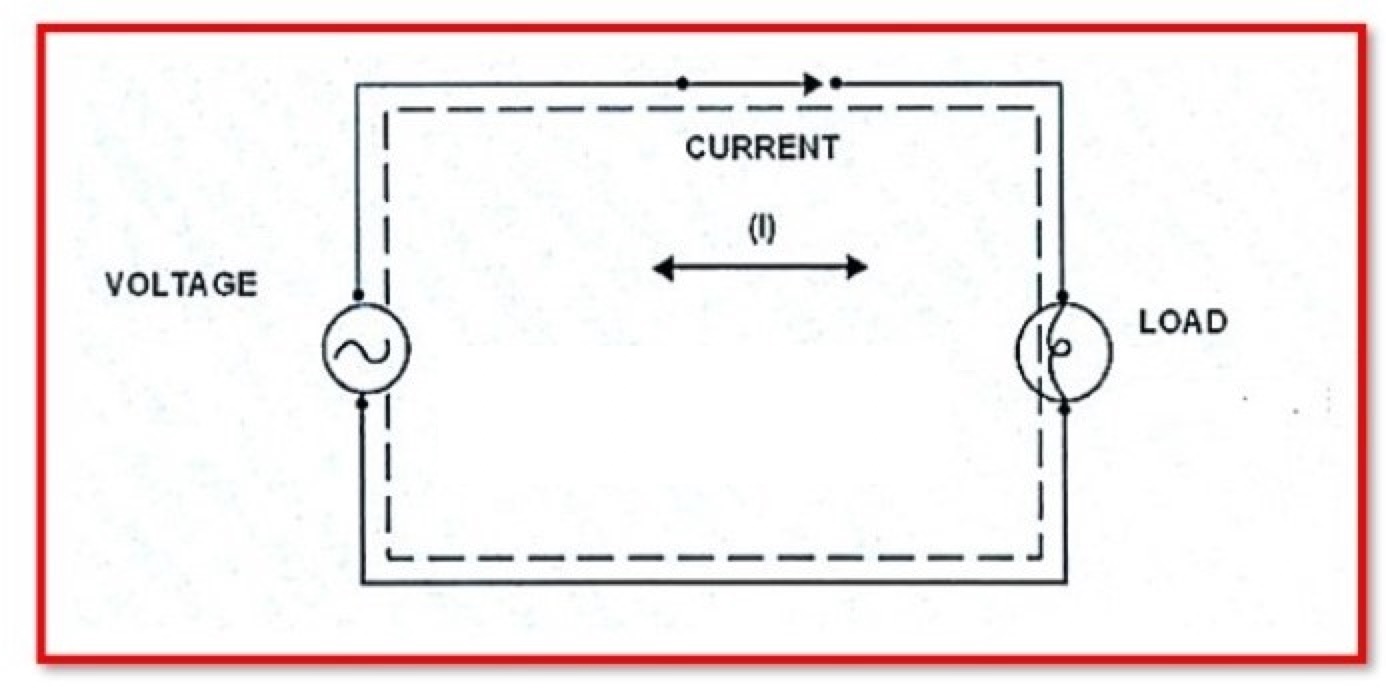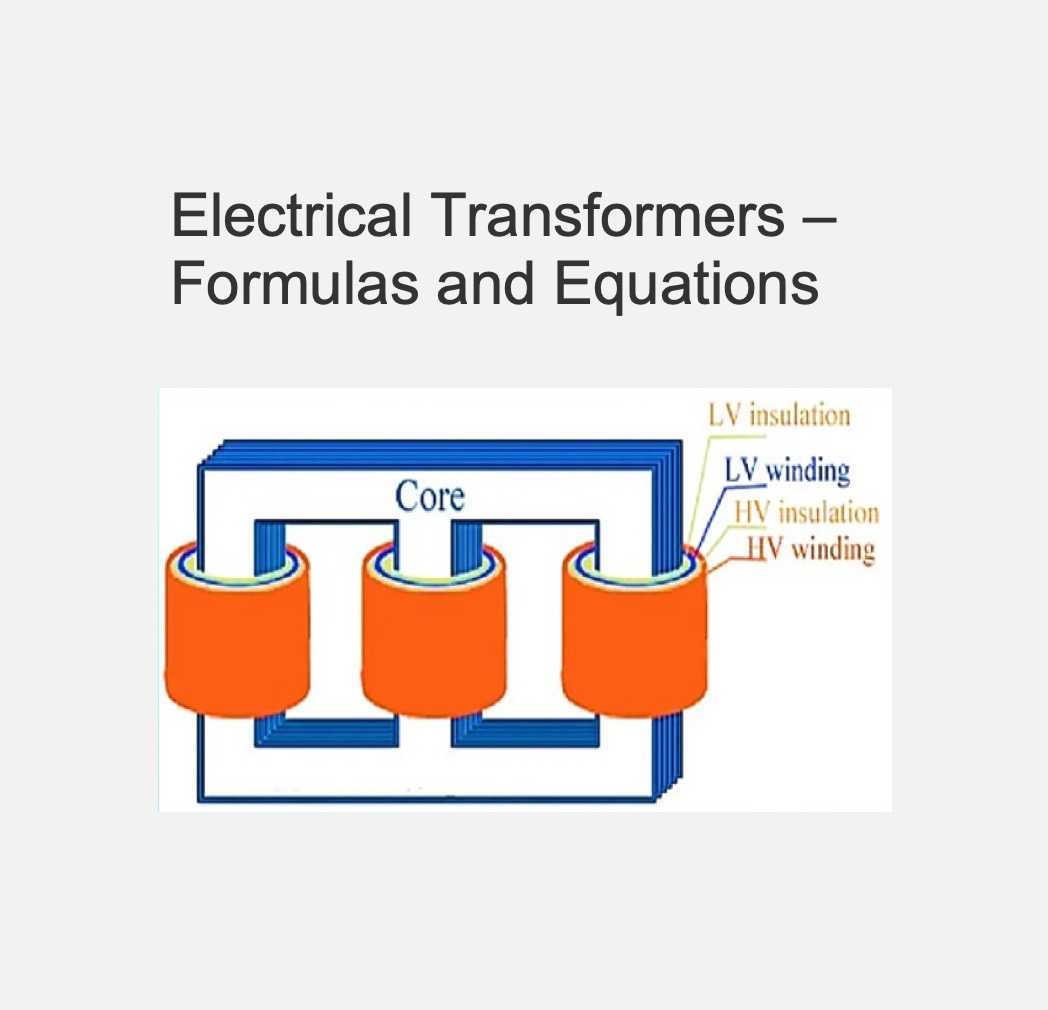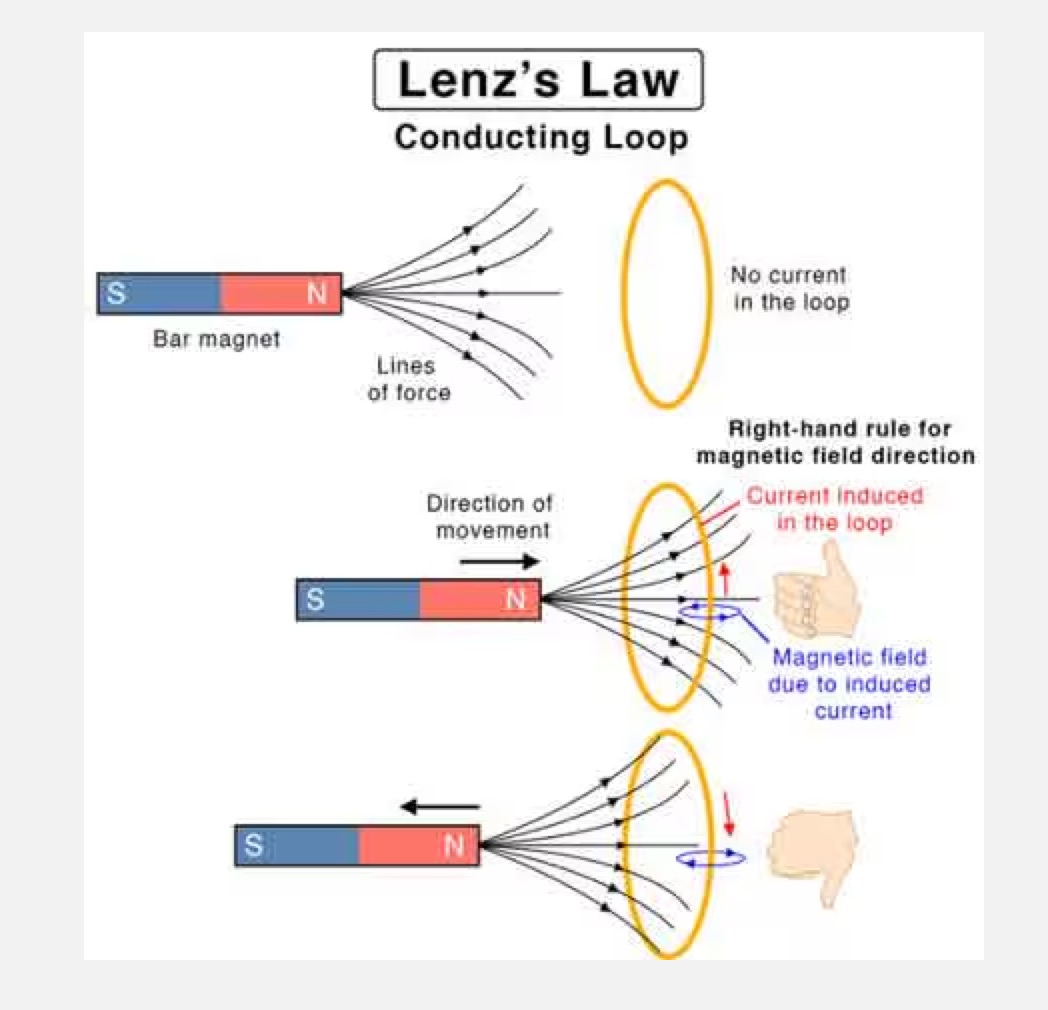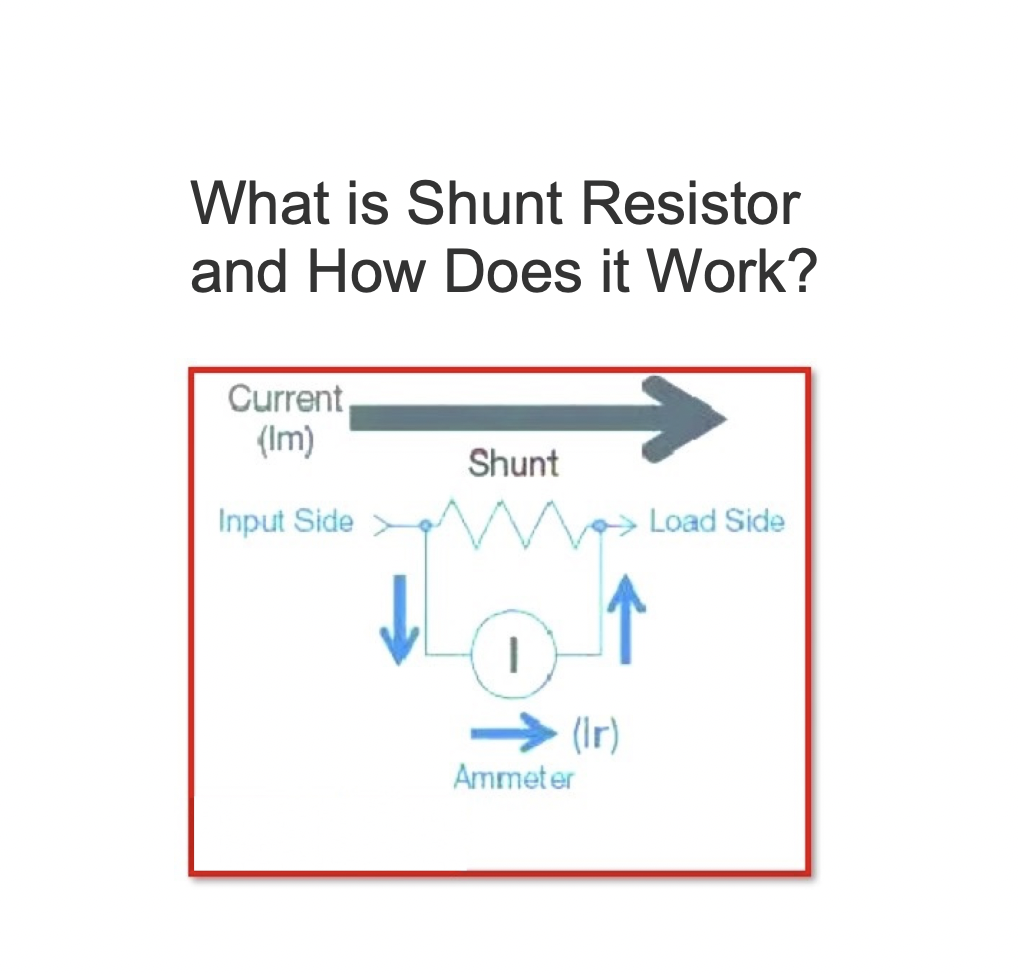What is Watts Law? Explain relationship among Ohm’s & Watt’s law

What is Watts Law?
The relationship in an electrical circuit between amperage, voltage drop, and power is described by Watts law. According to Watts Law, the product of an electrical circuit’s voltage and current determines the power of the system.
Energy is transferred at a rate called electric power. The unit of power measured is joules per second (J/s). When one joule of work is performed each second, one watt of electricity is lost each second (W).
Formula for Watts Law:
Watts law can be expressed using the following formula. It explains the connections between voltage, current, and power (in watts).

Where,
P = Electric Power (in Watts)
V = Voltage (in Volts) and
I = Current (in Amps)

Relationship between Watt’s Law and Ohm’s Law:
Power and voltage and current intensity are related by Watt’s law. Ohm’s law, on the other hand, connects a circuit’s voltage to its electrical resistance and amount of current flow.
V = I X R (Ohm’s law) ———–1
P = V X I (Watt’s law) ———–2
By implementing equation 1 in 2, we get,
P = I X R X I
P = I2 X R
Similarly, Applying I = V/R, we get,
P = V2/R
Application of Watt’s Law:
1. The amperage of an electrical component can be measured if its power and voltage are known. On the other hand, if the power and current intensity are known, the voltage can be calculated.
2. Measuring the actual energy that an electric generator is capable of generating.
3. Calculating how much electricity a facility can use.
4. To calculate the electrical resistance of a component, use the formulas created by combining Watt’s law and Ohm’s law.
Statement: Respect the original, good articles worth sharing, if there is infringement please contact delete.
As an electrical engineer with 5 years of experience, I focus on transformer and circuit breaker reliability in 110/33-11kV and 33/11kV substations. I am a professional electrical engineer with experience in transformer service and maintenance.













